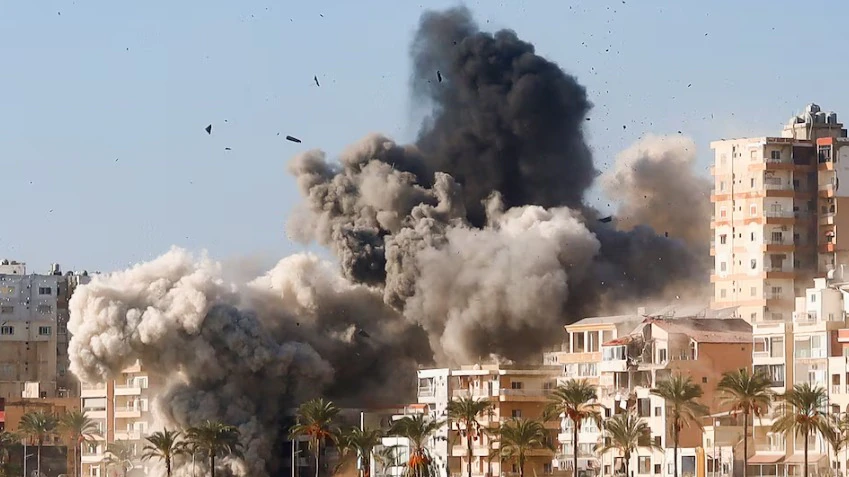
Israeli Prime Minister Benjamin Netanyahu has tentatively approved a ceasefire agreement with Hezbollah, marking a potential breakthrough in the long-standing conflict. The decision, made during a security consultation, awaits formal approval by Israel’s security cabinet, expected to meet soon to finalize the deal. Mediated by the US, the agreement aims for a 60-day cessation of hostilities, potentially paving the way for lasting peace between the two nations.
Progress in Negotiations
US envoy Amos Hochstein has played a pivotal role in brokering the deal, holding constructive talks with Lebanese officials, including Prime Minister Najib Mikati and Parliament Speaker Nabih Berri, Hezbollah’s key negotiator. Hochstein highlighted the narrowing gaps between the parties, expressing optimism about reaching a resolution. Beirut has already shown a positive response to the US-backed proposal, confirming that most points have been agreed upon.
Key Elements of the Ceasefire Agreement
- Temporary Ceasefire: A 60-day halt in hostilities to build trust and assess the feasibility of long-term peace.
- Mediation Role: The US acts as a mediator, ensuring both sides adhere to agreed terms.
- Pending Israeli Approval: Finalization depends on Israel addressing its reservations and officially endorsing the deal.
Challenges Ahead
While the agreement shows promise, it is fragile:
- Ongoing Clashes: Border skirmishes between Israel and Hezbollah persist, with the potential to derail negotiations.
- Israel’s Concerns: Certain aspects of the deal remain contentious, which Israel plans to address with Lebanon.
- Pressure on Mediators: US envoy Hochstein has warned that a lack of progress could lead to the withdrawal of mediation efforts.


